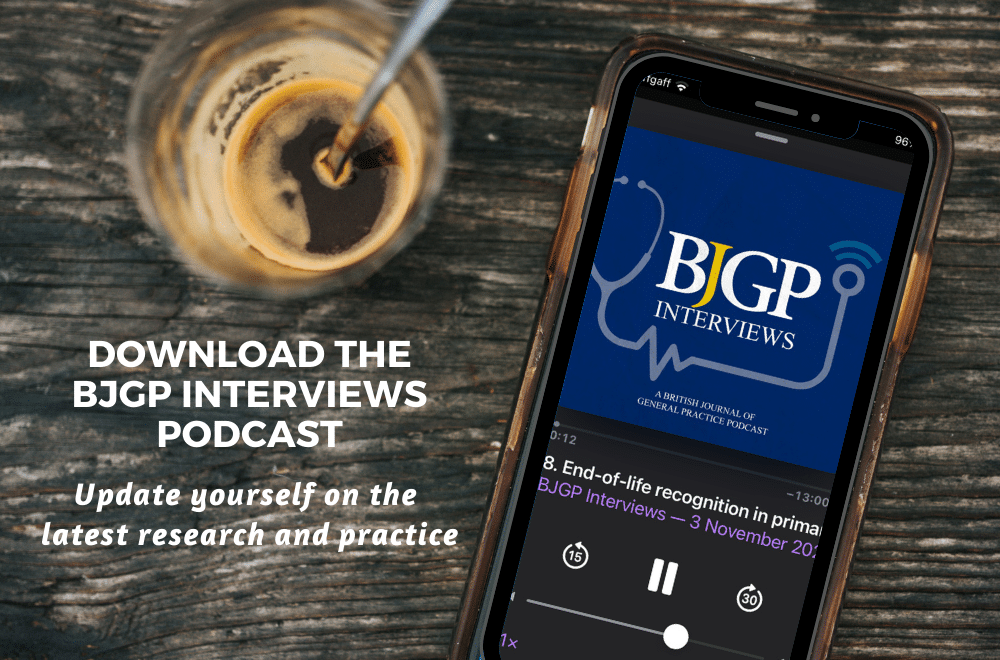Ahmed Rashid is a GP and Professor of Medical Education at UCL Medical School, London. He is on Twitter: @Dr_A_Rashid
Care coordination. With increased attention given to the interdependence of social care and healthcare, care coordination has been something of a buzzword in recent years. A recent North American study set in primary care sought to understand how care coordination implementation differs across clinics, and what care coordinators perceive as barriers and facilitators of effective coordination.1 Four major themes arose. First, there were substantial differences in how care coordination was implemented. Second was the central importance of social needs. Third was perceived success being dependent on buy-in. Finally, communication and relationship skills were essential for building patient and clinician trust. The authors noted little homogeneity in how care coordination was described, even when supporting patients with similar conditions, complexity, and social needs, and suggest a lack of best practice guidelines may partly explain this.
Anal cancer prevention. Anal cancer is one of the most prevalent tumours found in people infected with HIV, prompting clinical guidelines to be developed around screening strategies for its prevention. A recent Spanish study sought to explore the knowledge, emotions, sexuality, barriers, and facilitators perceived by this patient group during the process of anal cancer screening and diagnosis.2 They found evidence that patients had an adequate level of knowledge but experienced emotions of concern and fear during the process. Furthermore, patients highlighted that the individual care provided by medical personnel was a key point that increased confidence and wellbeing during screening. The authors recommended better communication of information and results by clinicians as the key area for improvement.
Lay online communication. In recent decades, the internet and particularly social media have created unprecedented opportunities for lay people to seek and share health-related information. Such communication has included claims about systemic side effects of the copper intrauterine device (IUD). A recent Swedish study sought to use the case of reported yet unestablished side effects of the copper IUD to investigate experiences of healthcare encounters between caregivers and patients contesting established medical knowledge.3 They found that participant accounts pointed towards tensions related to principles of evidence-based medicine (for example, not drawing conclusions based on insufficient research) and patient-centred care (for example, listening respectfully to patients). The authors suggest that efforts to counteract lack of trust in health care should include the identification and management of these tensions.
Positive body image. Historically, research into body image has focused on the negative dimension, but researchers have recently shifted their attention toward exploring aspects of positive body image to provide a more comprehensive, holistic understanding. A recent study aimed to develop a grounded theory of positive body image in autistic individuals, using photo-elicitation interviews with autistic adults aged 18–53 years from the UK.4 They identified six themes: body connection, body acceptance, appreciating body functionality and neurodivergent strengths, having a body-positive protective filter, taking care of the body, and body and appearance neutrality. The authors reflect that although some aspects were consistent with findings in neurotypical adults, positive body image in autistic individuals further encompasses both the sensory (such as, how the body is felt) and aesthetic (such as, how the body is seen).
Podcast of the month. Richard Osman and Marina Hyde team up to produce yet another brilliant podcast from the Goalhanger team, check out The Rest is Entertainment https://www.goalhangerpodcasts.com
References
1. JaKa MM, Beran MS, Andersen JA, et al. The role of care coordination: a qualitative study of care coordinator perceptions. J Nurs Care Qual 2024; 39(1): 44–50.
2. Diez-Martínez M, Perpiñá-Galvañ J, Fernández-Alcántara M, et al. Knowledge and perceived emotions regarding an anal cancer preventive program in people diagnosed with HIV: a qualitative study. Cancer Nurs 2024; 47(1): E18–E27.
3. Wemrell M, Gunnarsson L. Claims in the clinic: a qualitative group interview study on healthcare communication about unestablished side effects of the copper IUD. PLoS One 2023; 18(9): e0291966.
4. Longhurst P, Aspell J, Todd J, Swami V. “There’s no separating my view of my body from my autism”: a qualitative study of positive body image in autistic individuals. Body Image 2024; 48: 101655.




